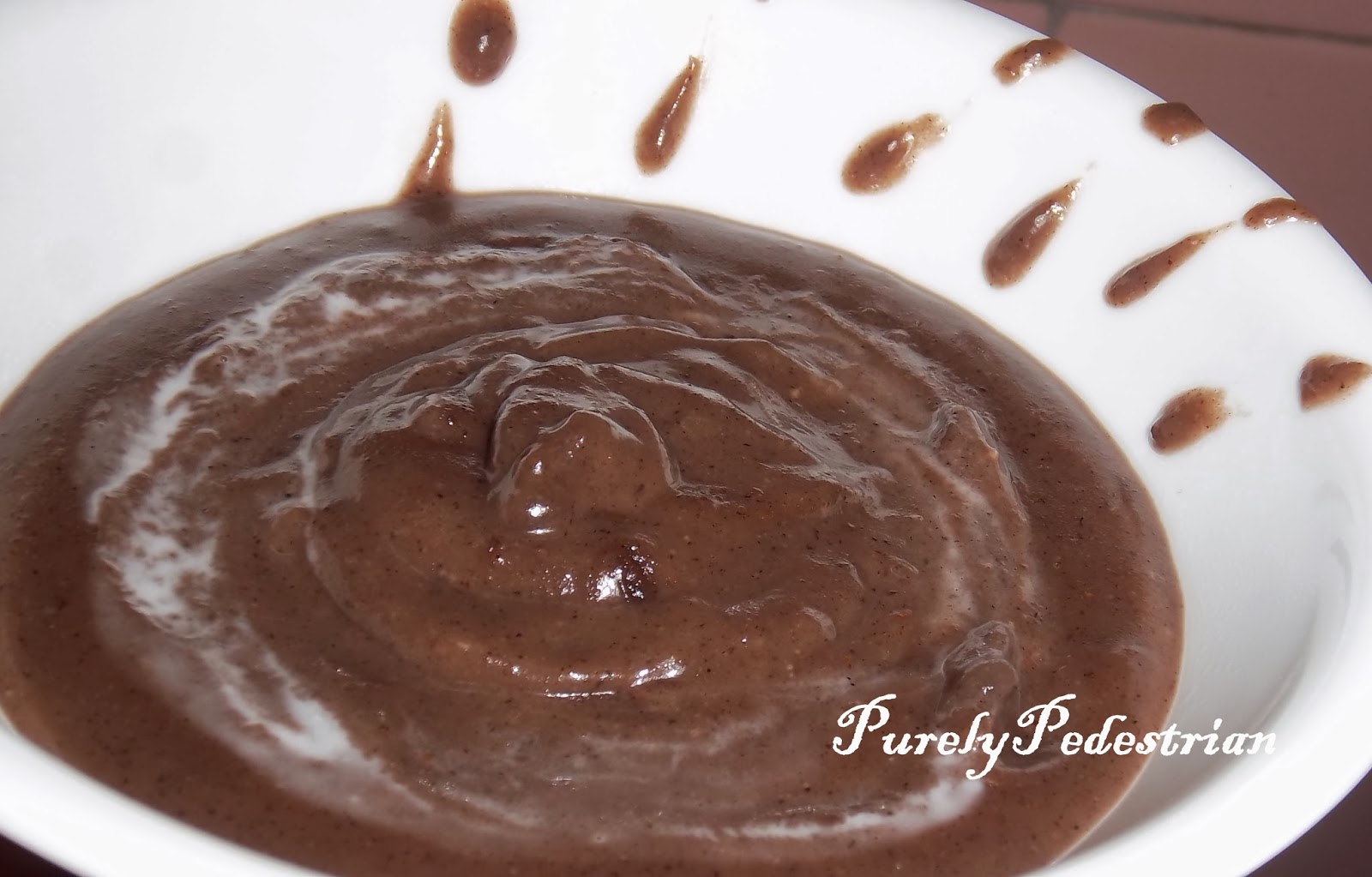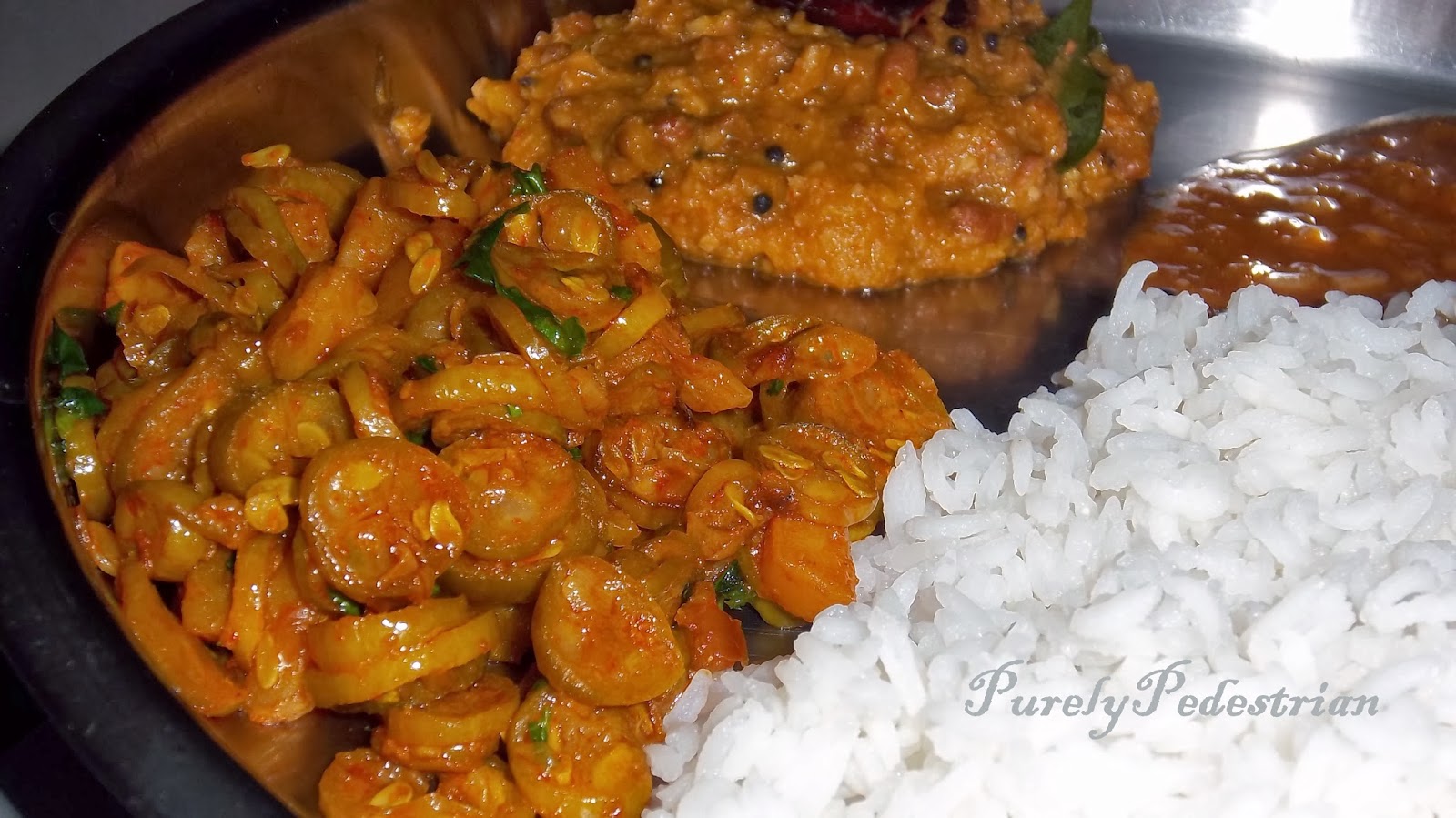Gratin is a
cooking technique, where the top - a mix of bread crumbs, cheese and oil /
butter is browned in the oven to form a nice golden brown crust. The main
ingredient is usually a vegetable or root or potato mixed with béchamel
sauce baked till just cooked. The gratin I like to make is one with
vegetable and mashed potato layers and baked with a golden crust
topping.
Ingredients
(serves 2 generous portions)
Potato - 3,
large
Onion - 2,
medium
Broccoli - 1/3
cup
Mushroom - 1/3
cup
Carrot - 1/3 cup
Baby Corn - 1/3
cup
Bread crumbs -
1/2 cup
Butter / Oil - 3
tbsp
Black Pepper pwd
Oregano – couple
of pinches
Parmesan Cheese,
grated - 1/4 cup
Whole Milk – 4 to 5 tbsp
for béchamel
sauce
Flour - 2
tsp
Butter - 1 tbsp
Milk - 1 cup
Boil potatoes
till soft. All vegetable measures are after cleaning
and cutting into pieces. Slice onion and mushroom into thick slices.
Cut the broccoli into florets, carrot into sticks and slit baby corn lengthwise
and then halve it.
Heat 1 tbsp
butter and sauté 3/4th of onion slices till just translucent and
keep aside. Add 1 tbsp butter into the same pan and sauté the vegetables lightly
without letting it cook. Mix the onion and vegetables and add a little salt and
black pepper and keep aside.
Take the boiled
potatoes and mash completely. Add a little salt and the 2 tbsp milk and 1 tbsp
butter and mash together. Chop the remaining onion finely and add to the mashed
potato, this is optional. I like to add it for the extra crunch.
Mix the bread
crumbs, oregano and a pinch of salt and keep aside.
Prepare the
sauce: Heat a pan and add the butter and let it melt and when hot add the flour
in and mix well and sauté for a couple of minutes. When the flour is cooked
completely add the milk in a steady stream, stirring all the while. Keep
stirring till it thickens then take it off the heat and add the sautéed onion
and vegetables and keep aside.
Preheat the oven
to 200 degree C. Grease a baking dish with butter and keep aside.
In the baking
dish, first evenly spread all of the mashed potato in the bottom of the dish. Then
add the sautéed vegetables mixed in sauce on top of the mashed potato and
spread evenly. Add the cheese on top and then top with the seasoned bread
crumbs. Pop it into the oven and bake till the cheese melts and the top browns.
Serve the
Vegetables and Mashed Potato Au Gratin hot with garlic bread or as is.
- Flavours of the World - Grand Finale hosted by Nayna & "Light Dinners" guest hosted by abowlofcurry, originally by Vardhini of cooksjoy.










































